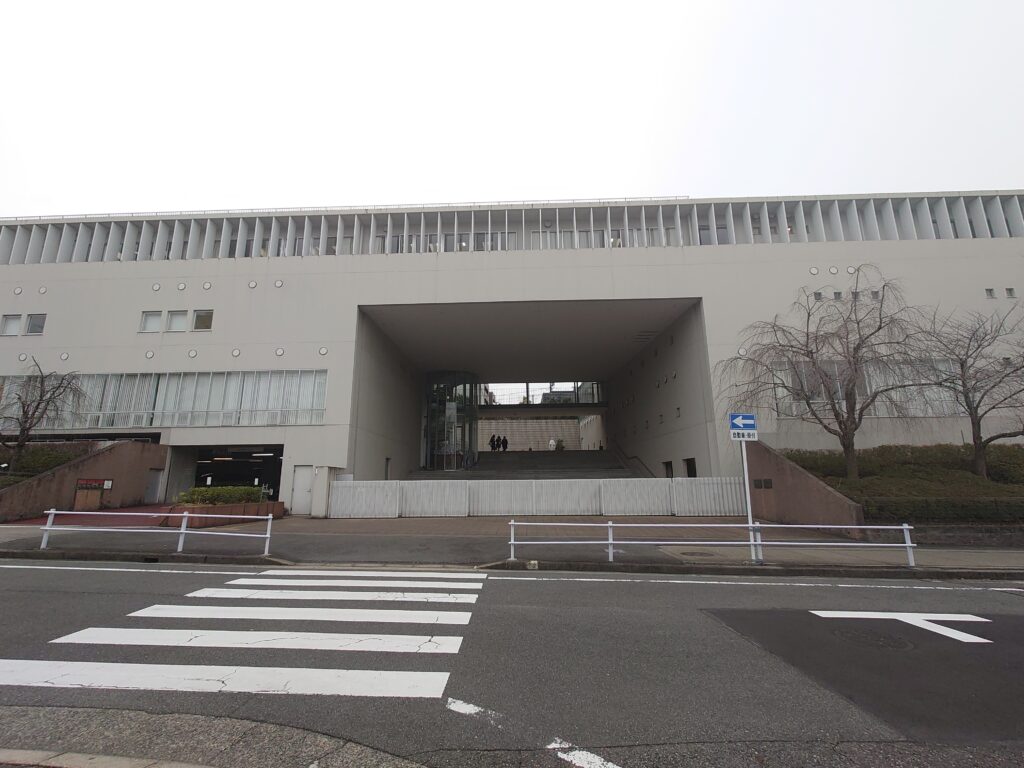Fureai Astronomy: Nanzan, 2024
Captain’s log, stardate 53035.5,
I visited Nanzan Girls’ Junior School (南山中学校女子部), probably the best junior school in Aichi Prefecture. This visit was part of Project ふれあい天文学 (Fureai Astronomy), which allows astronomers like myself to introduce the wonders of astronomy and astrobiology to eager young minds.
Given the time constraints and the audience’s age, I refined my presentation from previous experiences, streamlining complex concepts to better suit the Grade 2 students’ understanding.
Upon arrival, I was struck by the school’s beautiful campus, with a vast library that hinted at the students’ voracious appetite for knowledge. Posters showcasing scientific research conducted by the students adorned the walls, indicating their interest to the science.
Though an upcoming contest meant the students were preoccupied, limiting interaction during my talk, the questions submitted by students beforehand provided a meaningful glimpse into their curiosity:
One insightful question concerned the existence of seasons on exoplanets. I related this to Earth’s seasonal mechanics, explaining that exoplanets with axial tilts would indeed have seasons. I also touched upon the unique scenarios of tidally locked planets, offering a glimpse into the diverse climates and weather patterns that may exist beyond our solar system.
Another student wondered the impact on potential human migration to exoplanets, I discussed how variations in gravity could significantly affect human physiology, both in environments of higher and lower gravity than Earth’s.
Perhaps the most philosophical question asked why, given their presumed advanced technology, aliens have not yet made contact with us. I commended the student’s alignment with Enrico Fermi’s famous paradox, and introduced several theories that attempt to answer this enduring mystery.
The teacher’s positive feedback was a heartening affirmation of the day’s success. Though my time at Nanzan was brief, the depth of inquiry from the students was a vivid reminder of the innate human drive to understand the universe. It’s encounters like these that fuel my hope and belief that among today’s students, tomorrow’s leading astronomers and astrobiologists are waiting to emerge.
As I departed from Nanzan, I was left with a renewed sense of purpose in our mission to spread the celestial word. Until the next log entry, may we all keep our eyes on the stars, ever curious, ever learning.
Captain out.

